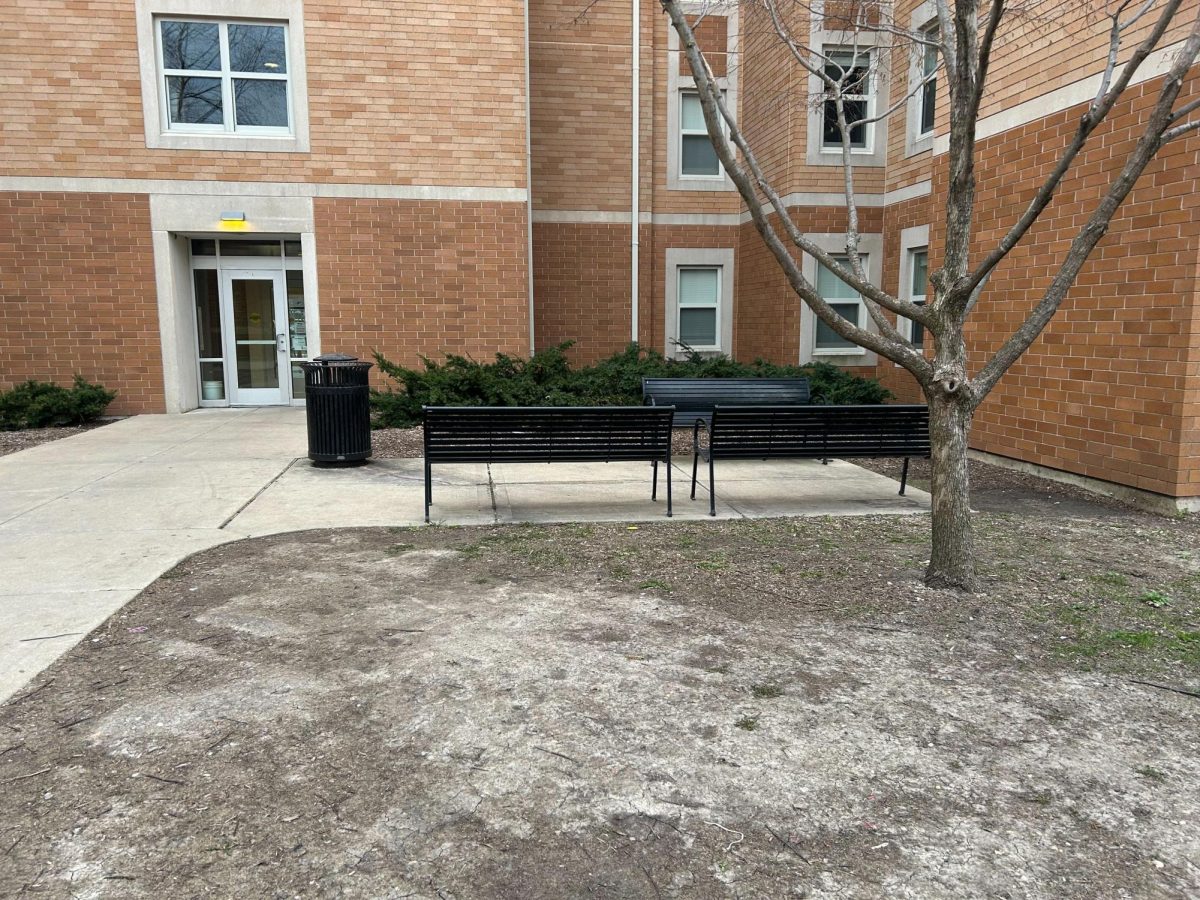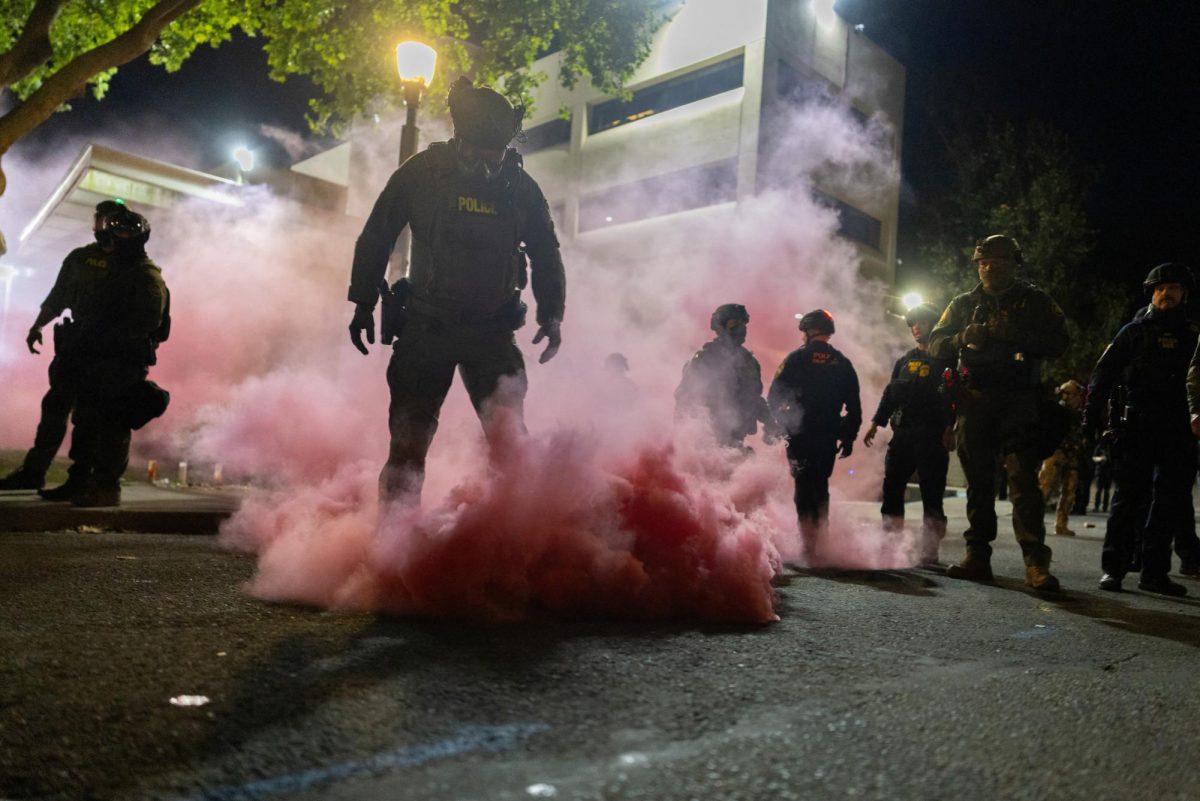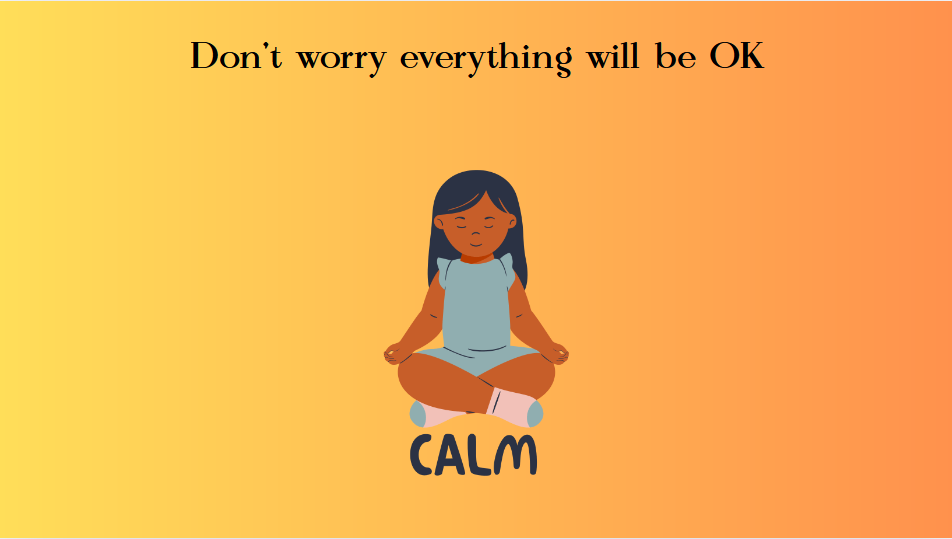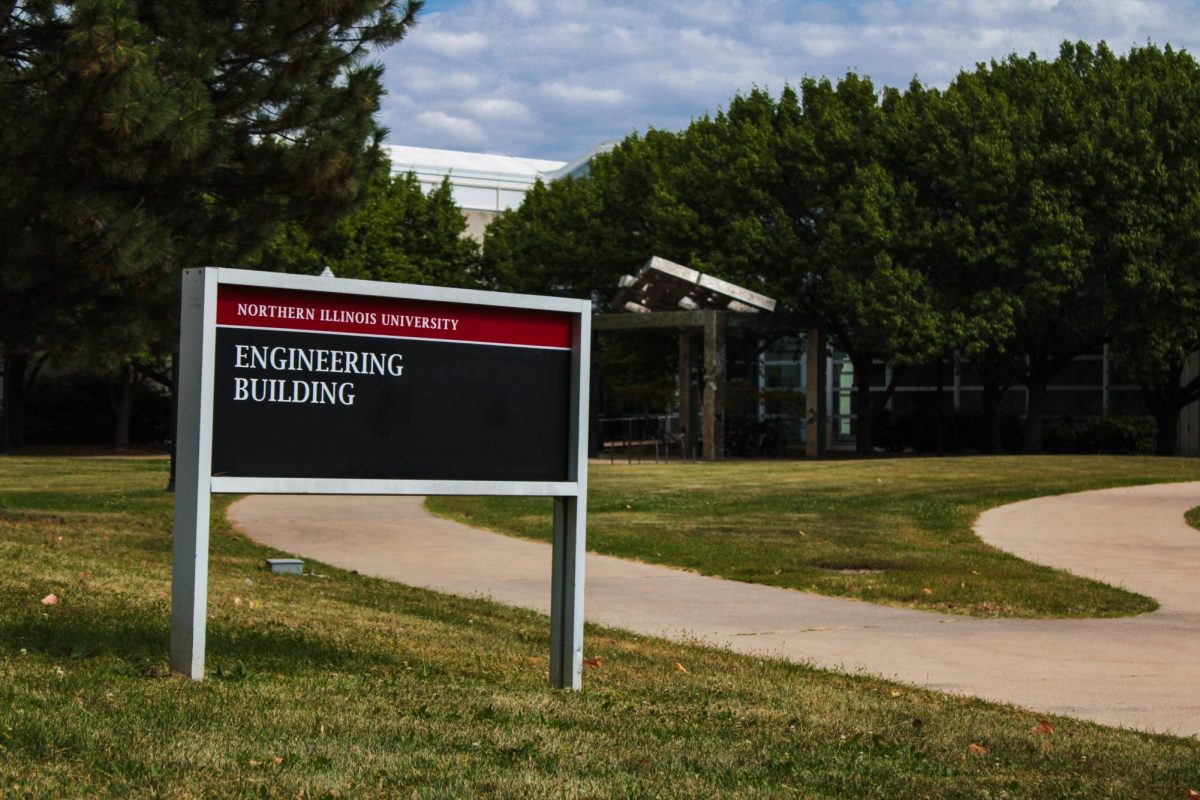Homelessness is the lack of a stable, permanent living environment, which affects millions of individuals. This results in individuals living on the streets or in a car. In the United States, over 770,000 Americans experienced homelessness in 2024, according to the National Low Income Housing Coalition.
Homelessness rates have increased in the U.S. by 18%, according to USA Facts, however the number of homeless shelters does not suffice. This leaves many individuals in unsafe situations, like sleeping on benches. However, the convenience of sleeping on a park bench is slowly being stripped away from the homeless community.
The specific term is known as hostile architecture, which is defined as an urban design strategy used to try and prevent unwanted behaviors, like sleeping in public or loitering. There are a variety of ways that cities have begun to implement this design. For instance, in San Francisco, one street is lined with gigantic boulders. These boulders were put in place to give people a place to sit if they needed to rest, however, the shape of the boulders prevents people from sleeping on them.
San Francisco is not the only city to have subtle, anti-homeless designs. These blueprints are seen across the world in areas like England and China. Even though these designs were mainly created to control public spaces, it has significant effects on the homeless community. While there is not an exact number for the amount of homeless people that sleep on benches, it is clear that they are heavily used by them as they are commonly used as a resting spot for all individuals.
In regard to mental health, the effects of making such architectural changes has detrimental effects on those who are homeless. For one, making design changes to prevent individuals from sleeping in public can lead to sleep deprivation. This is because individuals are losing a vital resting area, which can cause them to sleep less. A study done by the National Library of Medicine has found that sleep deprivation is linked to increased aggression and violence. That being said, if homeless people have minimal options to sleep and have nowhere else to go, there is an increased chance that they may engage in risky behaviors that put an area and its citizens at risk.
In addition to this, anti-homeless architecture puts homeless citizens at a great deal of risk. Without benches, individuals may be forced to sleep on sidewalks or in unsafe areas. This puts them at greater risk for sexual and physical assault. Again, this will only cause more issues in that given city.
These design structures reinforce inequality among homeless individuals. The hostile architecture gives off the message that a city does not support its homeless people. Rather than fund homeless shelters or try to tackle the issue of why individuals are living in poverty, cities have taken the approach of trying to hide their homeless population by creating such designs. By doing so, cities further divide their citizens.
Regardless of social class, everybody deserves the same amount of respect. Taking away a vital form of shelter from a minority is dangerous and shows that prejudice fills our cities.




















